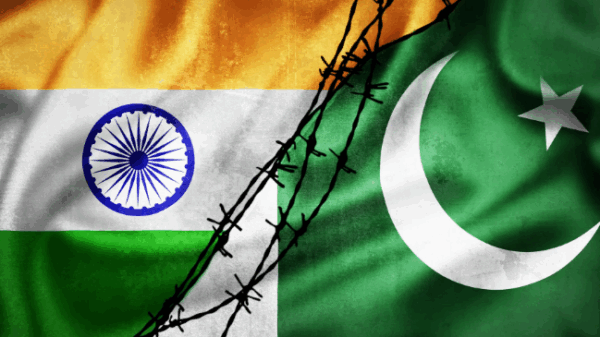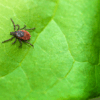A mysterious illness has killed more than 50 people in northwestern Congo, raising alarm among health officials and the World Health Organization (WHO). The disease, which has an incubation period of just 48 hours, was first reported on January 21 and has since infected 419 people, with 53 fatalities.
Serge Ngalebato, medical director of Bikoro Hospital, described the rapid onset of symptoms and quick progression to death as particularly alarming. “That’s what’s really worrying,” Ngalebato told the Associated Press.
The outbreak began in the town of Boloko, where three children died within 48 hours after consuming a bat, showing signs of hemorrhagic fever. The WHO’s Africa office noted that zoonotic diseases—illnesses transmitted from animals to humans—are increasingly common across the continent. In a 2022 report, the organization revealed that such outbreaks in Africa had surged by more than 60% in the previous decade.
A second wave of infections emerged in the town of Bomate on February 9, prompting authorities to send 13 samples to the National Institute for Biomedical Research in Kinshasa for analysis. Tests for Ebola and Marburg virus—both known hemorrhagic fevers—returned negative results. However, some samples tested positive for malaria, suggesting the possibility of multiple concurrent illnesses.
Last year, another unidentified illness with flu-like symptoms claimed several lives in a different region of Congo before ultimately being linked to malaria. Health officials have not yet determined whether the current outbreak is related to the mosquito-borne disease, and investigations are ongoing.
As scientists work to identify the cause of the outbreak, local health authorities and international organizations, including the WHO, are closely monitoring the situation. Efforts are underway to prevent further transmission and provide medical care to affected communities. Authorities have urged residents to avoid contact with wild animals, as the consumption of bushmeat remains a common practice in the region and a potential source of zoonotic infections.
The WHO has pledged continued support in diagnosing the illness and containing the outbreak, as concerns grow over the potential for further spread in the densely populated region. Health officials emphasize the importance of early reporting and treatment to minimize fatalities as they race to identify the cause of this deadly disease.








































